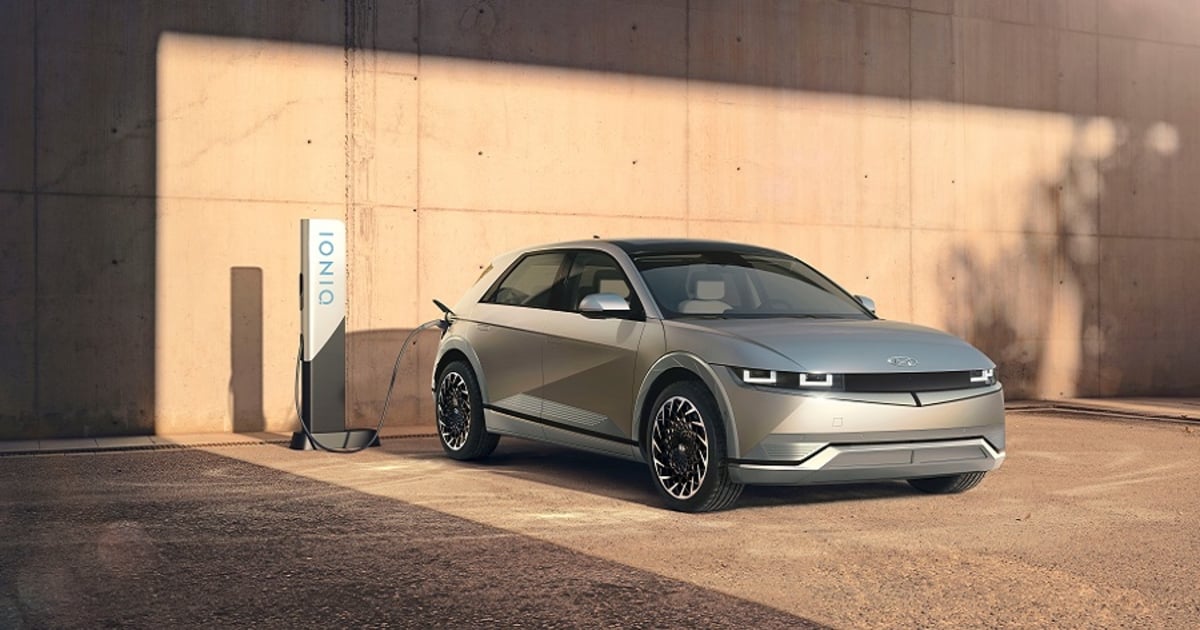
Consumer Reports tests show brake lights on some electric vehicles from Hyundai, Kia and Genesis do not illuminate when the vehicle is brought to a stop while using aggressive regenerative-braking settings.
This potential safety concern means drivers following these EVs could have no warning that the vehicle is quickly slowing down. The lack of visual aid could lead to potentially hazardous situations.
When particular cars are set in the most aggressive “one-pedal-driving” regenerative-braking mode, the brake light won’t illuminate unless the driver’s foot is completely off the accelerator, even as the vehicle slows to near stop, said Alex Knizek, Consumer Reports’ manager of auto testing and insights.
“Hyundai is aware of the customer concerns regarding EV brake light illumination. Hyundai engineering teams are investigating and reviewing our EV braking strategies. All Hyundai Motor Group electric vehicles meet the FMVSS No. 108 standard that regulates all automotive lighting. Hyundai is committed to vehicle safety and the well-being of our customers,” Hyundai said in a statement.
The vehicles that did not illuminate their brake lights appropriately during aggressive regenerative braking in tests were the 2022 Hyundai Ioniq 5 SEL AWD, 2023 Genesis GV60 Advanced, 2023 Genesis Electrified GV70, 2022 Kia EV6 Wind AWD and 2023 Kia Niro EV Wind.
Other EVs from Hyundai tested by Consumer Reports did illuminate their brake lights, including the 2023 Hyundai Ioniq 6 SEL AWD.
Regenerative braking slows an EV when it’s coasting or braking, recouping energy and sending it back to recharge the vehicle battery.
Many EVs can be set to an aggressive level of regenerative braking, so the vehicle will rapidly slow or come to a full stop without the driver stepping on the physical brake pedal. Easing off the accelerator pedal can start slowing the vehicle rapidly, so that it is similar to stepping on the brake pedal in a conventional vehicle. Many drivers who utilize the one-pedal-driving feature maintain light pressure on the accelerator pedal even when they are slowing the vehicle down. This creates smoother transitions between accelerating and decelerating.
“This issue clearly increases the risk of rear-end crashes and people getting hurt on our roads,” said William Wallace, Consumer Reports’ associate director of safety policy.

